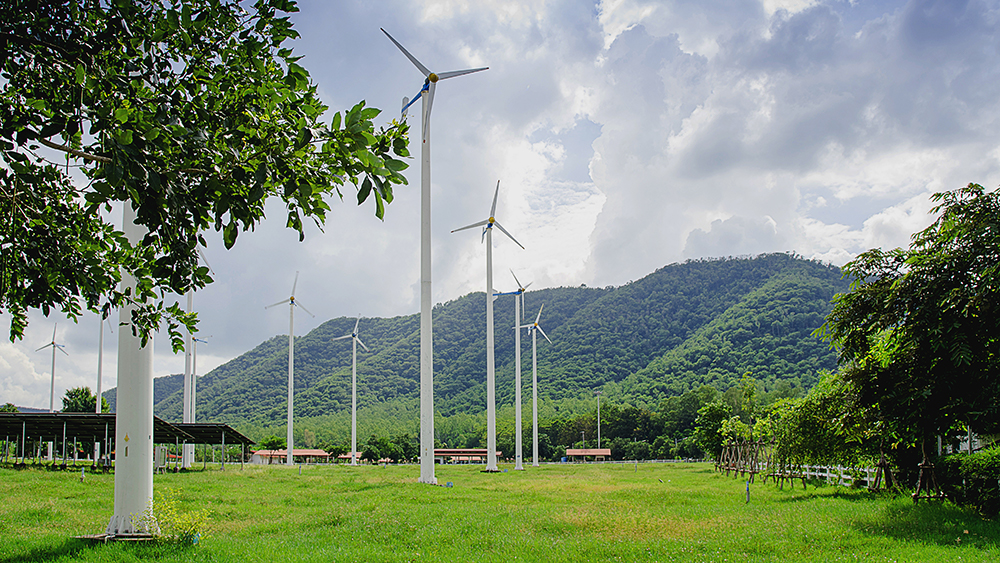Is Your CHP Unit Making Carbon Savings?

When you ask a CHP owner why they are operating a CHP unit, they will most often answer ‘because it saves us money’. But if operating correctly; your CHP unit will also give you carbon savings, which under the current climate can be just as important as financial savings.
In this article, we will look at the common methodology to calculate your CHP carbon savings.
What do you need to know?
Before we can calculate CHP carbon savings there are two (2) major requirements, they are:
- Emissions Factors
- CHP Operational Data
Dealing with each of these in turn:
Emissions Factors
For the example shown we will use the following emissions factors:
| CO2 Released for every kW of natural gas burnt (kg): | 0.184557 |
| CO2 Released for every kW of grid electricity used (kg): | 0.490230 |
CHP Operational Data
To calculate your CHP carbon savings you will need the following CHP operational data:
- CHP Gas used (kWh) in period
- CHP Electricity generated (kWh) in period
- CHP Heat supplied (kWh) in period
You will also require details of the heat efficiency of the gas-fired backup boiler(s) to the CHP unit.
Once we have the above data for a specific period that we wish to look at, normally annually, then we can start to calculate the CHP carbon savings.
Using a sample year, the CHP unit generated and consumed the following:
| Electricity Generated in period: | 286,818 kWh |
| Heat Supplied in period: | 572,330 kWh |
| Gas Consumed in period: | 1,194,399 kWh |
We will also assume for the following example that the gas-fired backup boiler heat efficiency is 80%.
We now have all the data we need to calculate the CHP carbon savings. The first step is to calculate the carbon emissions from the CHP unit.
CHP Carbon Emissions
Effectively the total carbon emissions from the CHP is total gas consumed multiplied by the emissions factor for natural gas; so we have:
| CHP Carbon Emissions: | 1,194,399 kWh x 0.184557 | = 220,435 kg |
The CHP Carbon Savings – Electricity
If there was no CHP unit operating on site, then the electricity generated by the CHP unit would have to be imported from the grid and would include carbon emissions. So the carbon emissions from importing the equivalent electricity from the grid would be:
| Grid Electricity Carbon Emissions: | 286,818 kWh x 0.490230 | = 140,607 kg |
The CHP Carbon Savings – Heat
We must also take into account the heat supplied by the CHP unit; for if this was not available then, this heat would have to be supplied by the site boiler(s), which would use gas to generate it.
Assuming that the boiler has a heat efficiency of 80%, then the quantity of gas used to generate the equivalent heat would be:
| Equivalent Boiler Gas: | 572,330 kWh / 0.80 | = 715,413 kWh |
As the gas used in the boiler also creates carbon emissions, then this must also be taken into consideration when calculating the CHP carbon savings. So the carbon emissions from the equivalent boiler gas would be:
| Boiler Gas Carbon Emissions: | 715,413 kWh x 0.184557 | = 132,035 kg |
So this is an effective carbon saving, as this gas does not have to be consumed by the boiler to generate the heat that is being supplied by the CHP unit.
Therefore the total carbon savings by operating the CHP unit are as follows:
| CHP Carbon Savings – Electricity: | 140,607 kg |
| CHP Carbon Savings – Heat: | 132,035 kg |
| Total CHP Carbon Savings: | 272,642 kg |
From this we must deduct the CHP Carbon Emissions:
| Total CHP Carbon Emissions: | 220,435 kg |
| This gives us then a total CHP Carbon Saving of: | 52,207 kg |
This equates to percentage saving of 19% against the equivalent consumption from grid supplies.
2EA Consulting Limited offer a Premium Management Package for clients who operate CHP units that calculates the annual carbon savings your CHP unit is making for you. For more information on this service or provision of a sample report, please see our website and contact us at the address shown.


